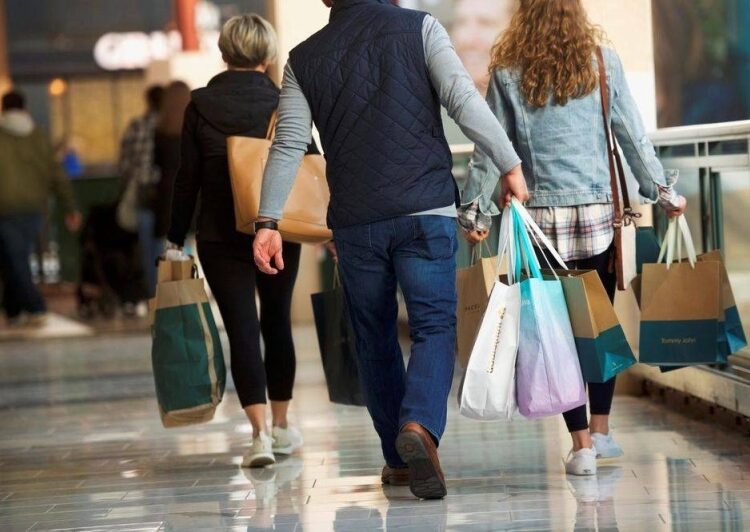PARIS — This was supposed to be the comeback year for the world economy following the Covid pandemic.
Instead, 2022 was marked by a new war, record inflation and climate-linked disasters. It was a “polycrisis” year, a term popularised by historian Adam Tooze.
Get ready for more gloom in 2023.
“The number of crises has increased since the start of the century,” said Roel Beetsma, professor of macroeconomics at the University of Amsterdam.
“Since World War Two we have never seen such a complicated situation,” he told AFP.
After the Covid-induced economic crisis of 2020, consumer prices began to rise in 2021 as countries emerged from lockdowns and other restrictions.
Central bankers insisted that high inflation would only be temporary as economies returned to normal. But Russia’s invasion of Ukraine in late February sent energy and food prices soaring.
Many countries are now grappling with cost-of-living crises because wages are not keeping up with inflation, forcing households to make difficult choices in their spending.
Central banks have played catch-up. They started to raise interest rates this year in an effort to tame galloping inflation — at the risk of tipping countries into deep recessions, since higher borrowing costs mean slower economic activity.
Inflation has finally started to slow down in the United States and the eurozone.
Careful spending
Consumer prices in the Group of 20 developed and emerging nations are expected to reach eight per cent in the fourth quarter before falling to 5.5 per cent next year, according to the Organisation for Economic Co-operation and Development.
The OECD encourages governments to provide aid to bring relief to households.
In the 27-nation European Union, 674 billion euros (US$704 billion) have been earmarked so far to shield consumers from high energy prices, according to the Bruegel think tank.
Germany, Europe’s biggest economy and the most dependent on Russia energy supplies, accounts for 264 billion euros of that total.
One in two Germans say they now only spend on essential items, according to a survey by EY consultancy.
Rising interest rates have also hurt consumers and businesses.
Both the US Federal Reserve and European Central Bank began to slow the pace of their rate hikes in December, but signalled they still need to go higher to get a grip on inflation.
Economists expect Germany and another major eurozone economy, Italy, to fall into recession. Britain’s economy is already shrinking. Rating agency S&P Global foresees stagnation for the eurozone in 2023.
But the International Monetary Fund still expects the world economy to expand in 2023, with growth of 2.7 per cent. The OECD is forecasting 2.2-per cent growth.
The easing of Covid curbs in China is raising hopes for the revival of the world’s second-biggest economy and major driver of global growth.
The curbs had torpedoed China’s economy and sparked nationwide protests.
China signalled this week that it was reopening to the world as it announced that it would end quarantines for overseas arrivals from January 8.
Climate costs
But for Beetsma, the biggest crisis is climate change, which is “happening in slow motion”.
Natural and man-made catastrophes have caused US$268 billion in economic losses so far in 2022, according to reinsurance giant Swiss Re. Hurricane Ian alone cost an estimated insured loss of US$50-65 billion.
Floods in Pakistan resulted in US$30 billion in damage and economic loss this year.
Governments agreed at United Nations climate talks (COP27) in Egypt in November to create a fund to cover the losses suffered by vulnerable developing countries devastated by natural disasters.
But the COP27 summit ended without new commitments to phase out the use of fossil fuels, despite the need to cut greenhouse gas emissions and slow global warming.
“It is not an acute crisis but a very long-term crisis, protracted,” Beetsma said.
“If we don’t do enough, this will hit us in unprecedented scale.”






Discussion about this post